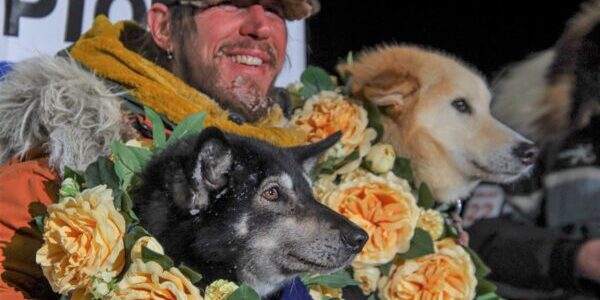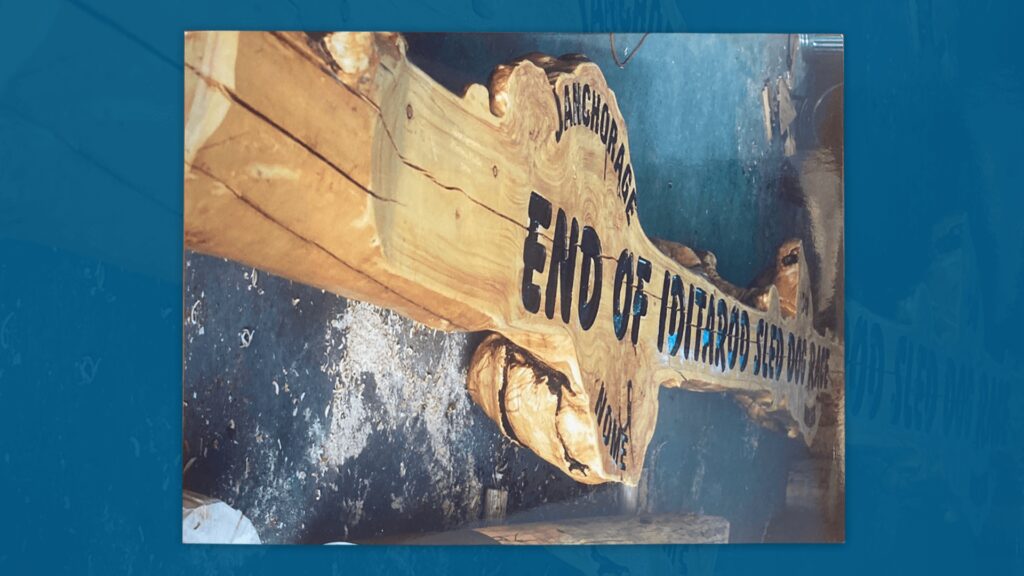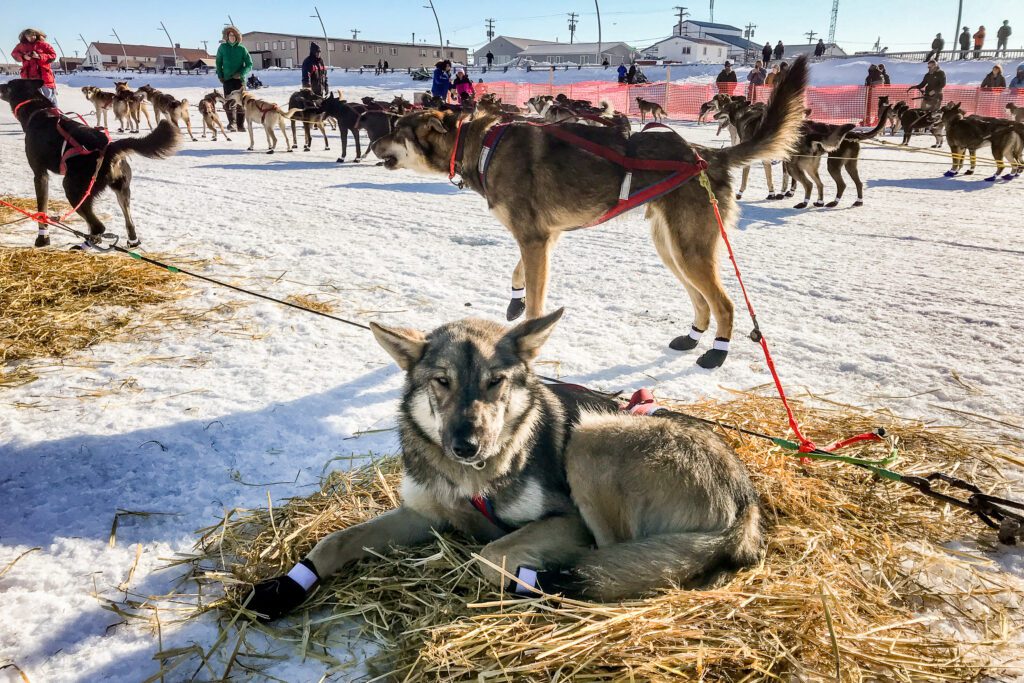The 1,000-mile Iditarod Trail Sled Dog Race has a new champion.
Alaska Public Media’s Lex Treinen reports:
Brent Sass and his 11-dog team pulled into Nome early Tuesday in temperatures around zero to a cheering crowd. Sass kicked his foot across the snow to help propel his team under the famed Burled Arch finish line at 5:38 a.m. to win the 50th running of the Iditarod.
Sass immediately walked down his line of dogs, petting each one. He got a big hug from his teary dad. He gave his dogs snacks.
He said it all felt surreal.
“It’s a dream come true,” he said. “When I started mushing, my goal was to win the Yukon Quest and win the Iditarod and — checked them both off the list now.”
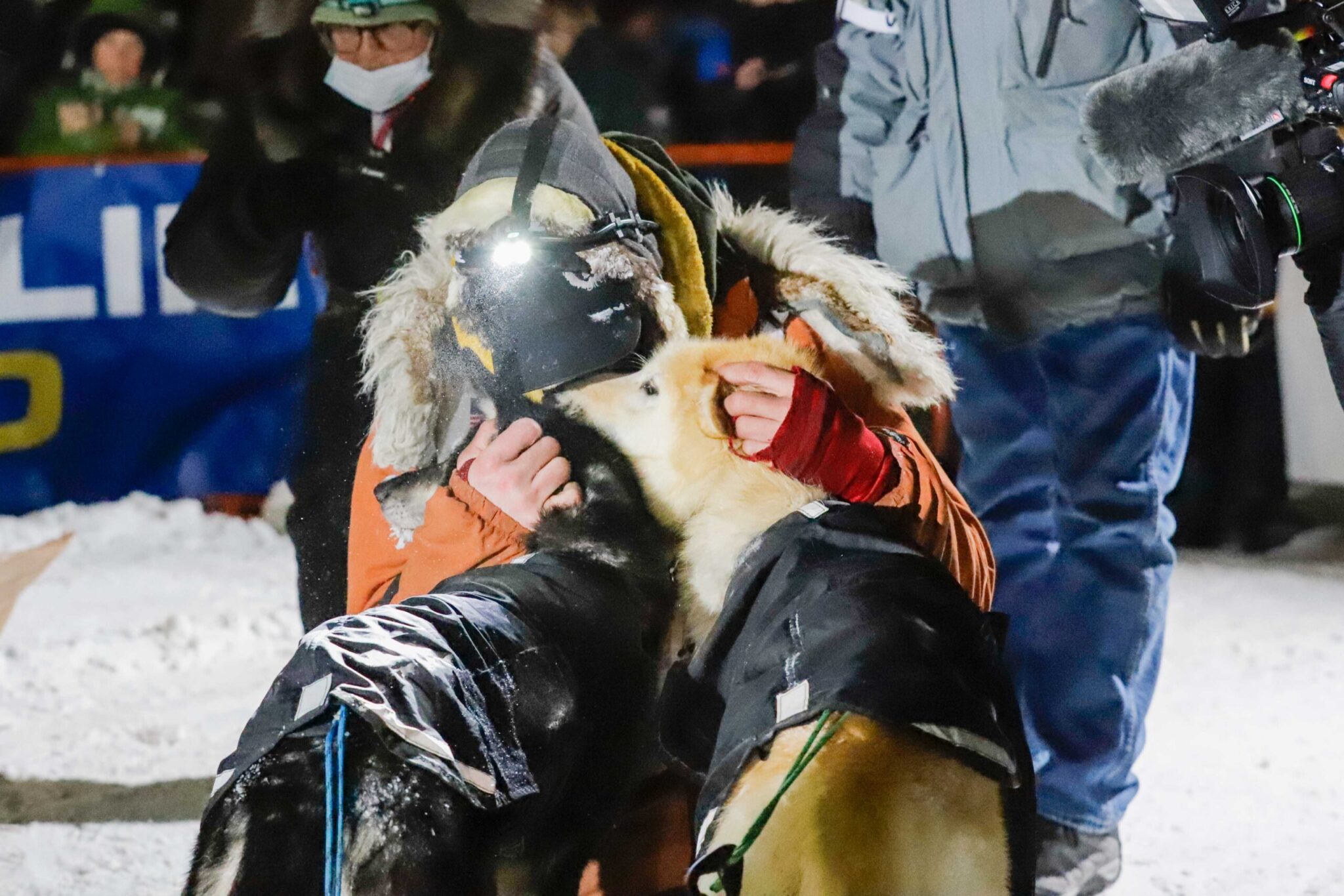
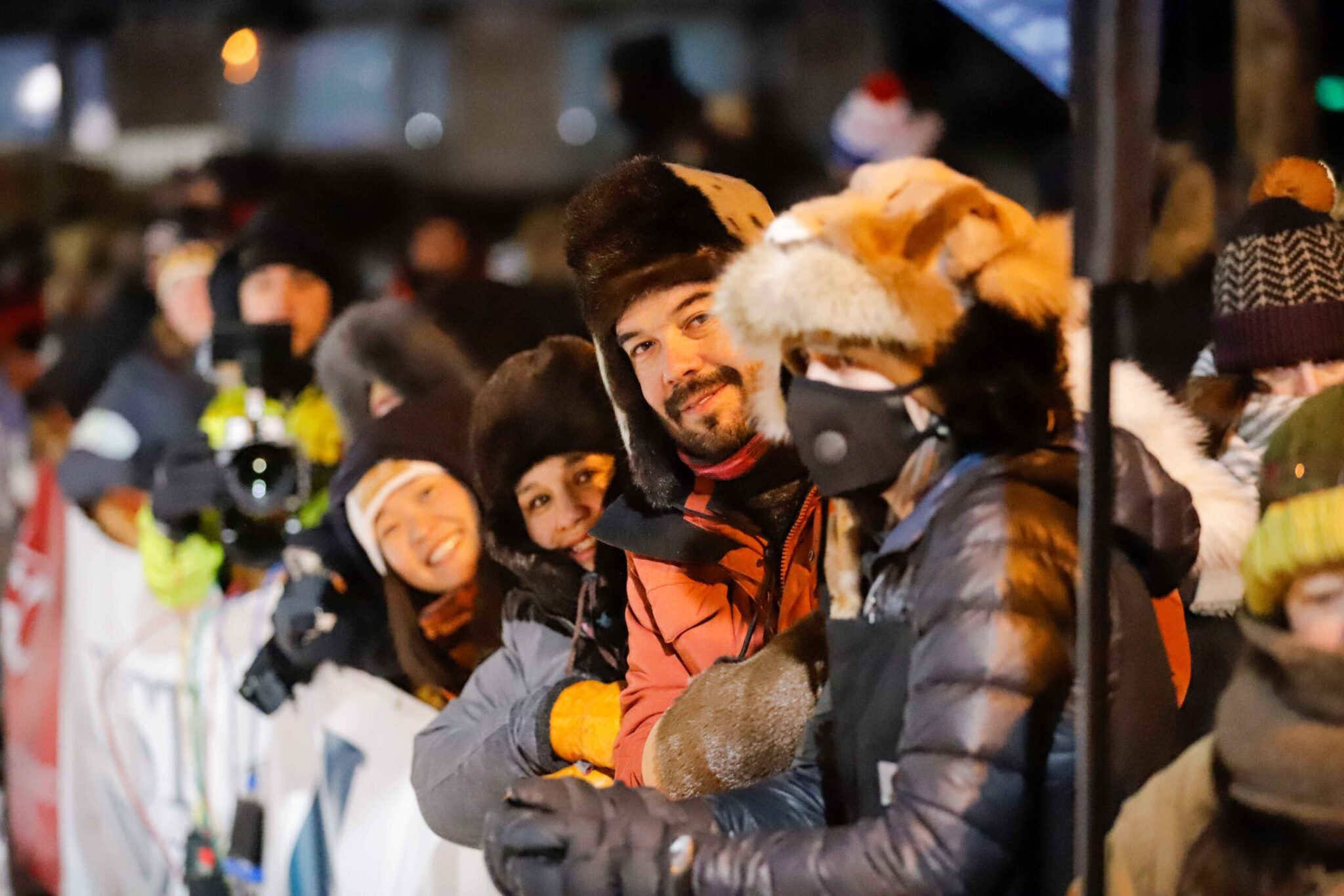
Sass’s first Iditarod victory comes on his seventh try.
Through tears in Nome, an emotional Sass described his pride in his dogs, including leaders Slater and Morello.
“Every one of these dogs I’ve raised since puppies, and we’ve been working toward this goal the whole time,” he said. “And we’re here. It’s crazy.”
Sass had fans sweating overnight as they watched the online tracker and saw him stopped twice between White Mountain and Nome, hit by a huge windstorm around the infamous Topkok Blowhole.
A weather station along the trail showed winds blowing as strong as 50 miles per hour.
Five-time Iditarod champion Dallas Seavey was chasing Sass, looking to become the winningest musher in race history. Seavey closed the gap as Sass stalled. But he didn’t catch up.
“It was very, very windy out there,” Sass said. “We took a tumble and went off the trail, and thought I was just gonna have to bunker down and, you know, see how the cards fell.”
But, he said, the team persevered and found the trail again.
“The only reason we got out of there is because they trusted me,” he said.
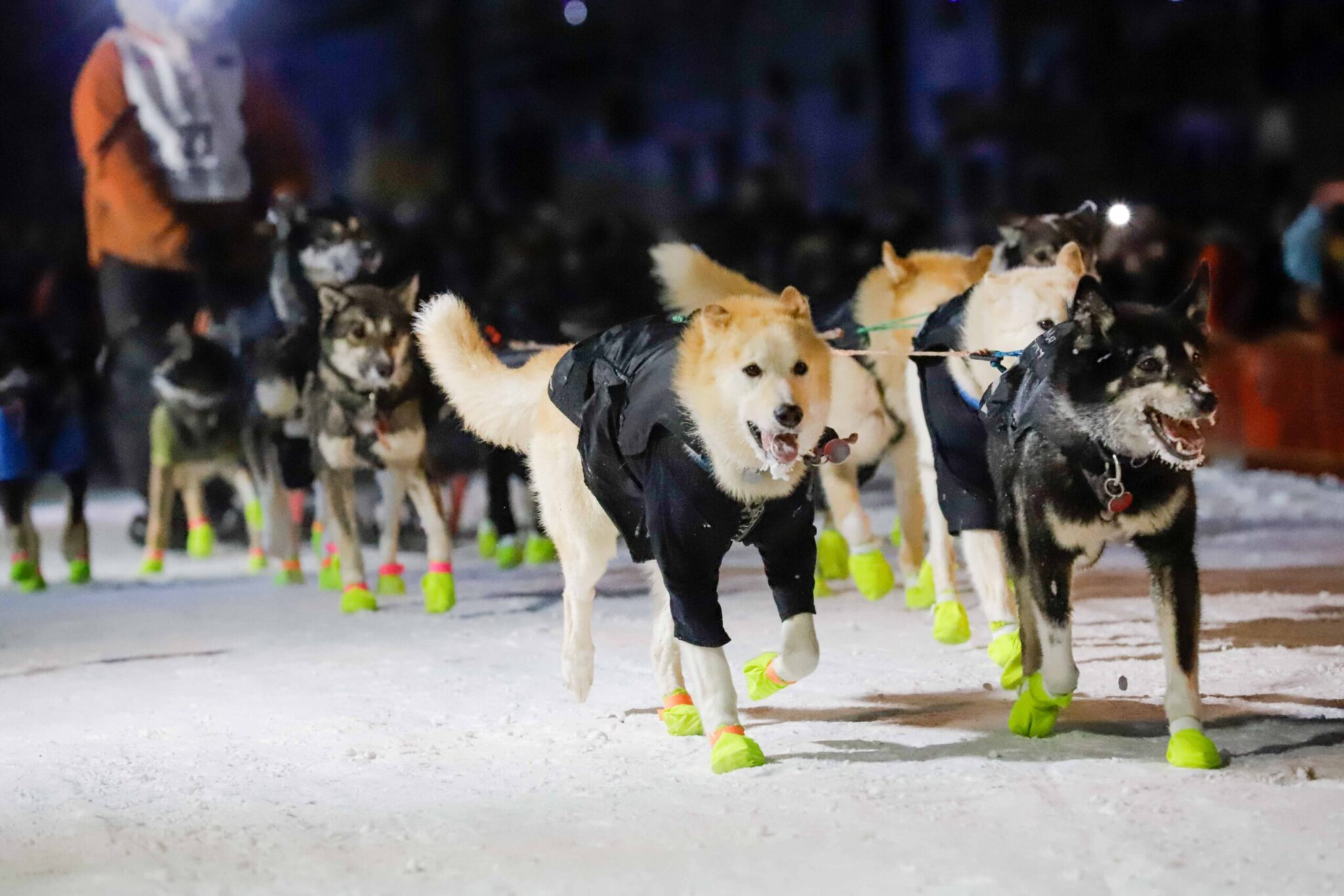
Seavey gets second
Sass has commanded control of the Iditarod since around the halfway point. He passed a resting Seavey on the trail between Ophir and Cripple, taking over the lead and never giving it up.
Seavey, 35, had been racing for his sixth Iditarod win. But illness plagued his dog team early on.
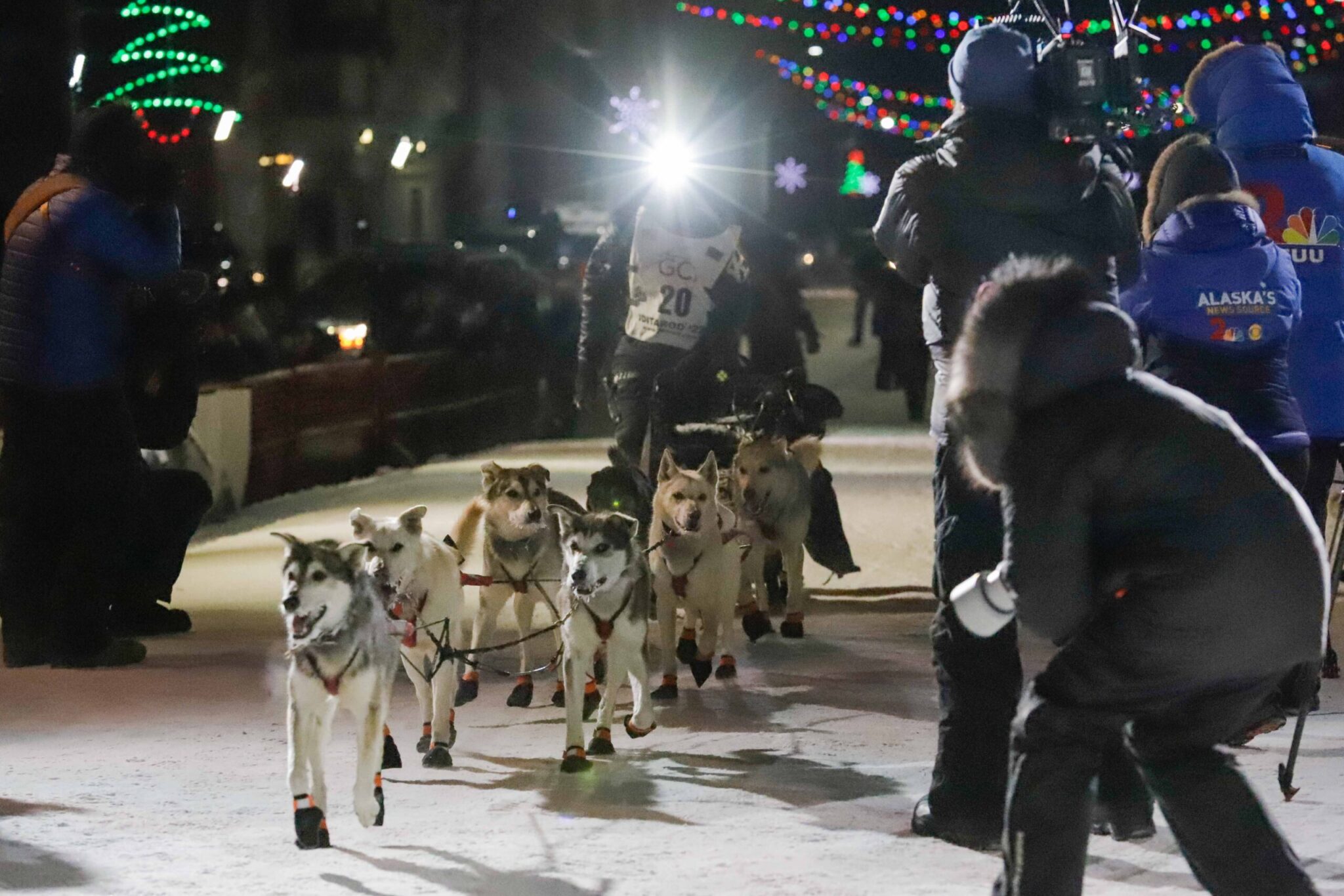
Seavey and his seven-dog team raced into Nome in second place at 6:46 a.m., just over an hour after Sass. He ski poled and kicked his foot across the ground, chanting, “Good boys!” The crowd cheered.
At the finish line, a smiling Seavey hugged his family, including his 12-year old daughter, Annie, and walked down his line of dogs, greeting each one.
“It was a challenge,” he said at the finish. “I don’t mind the wind, just them not feeling well in the beginning.”
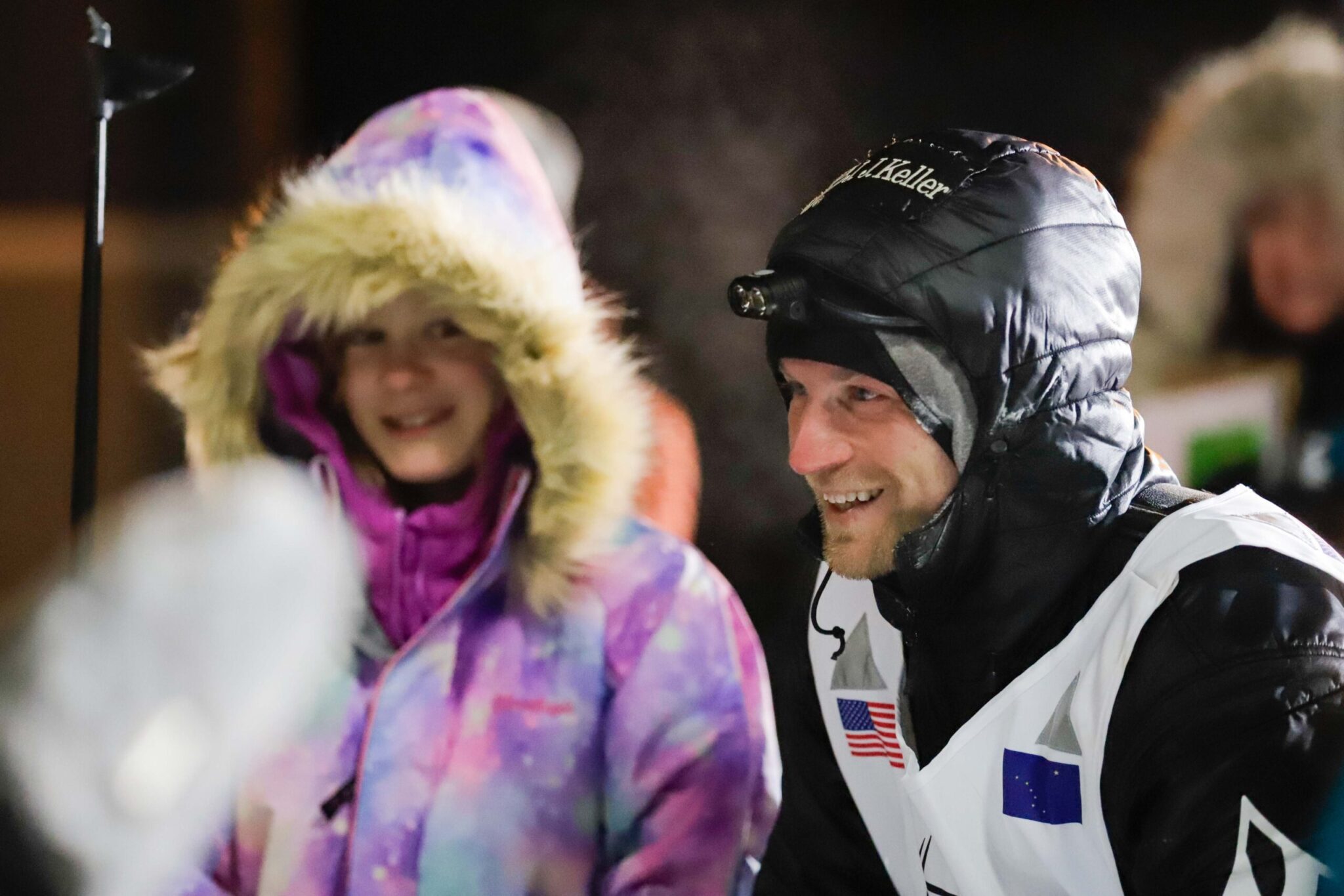
He posed for photos with his dogs — which he said could be the last time his leaders North and Prophet were in Nome with him — and then mushed to the dog yard.
“Alright, guys,” he said. “I think we’re going to take them down to take some naps. I did promise them straw when we got here.”
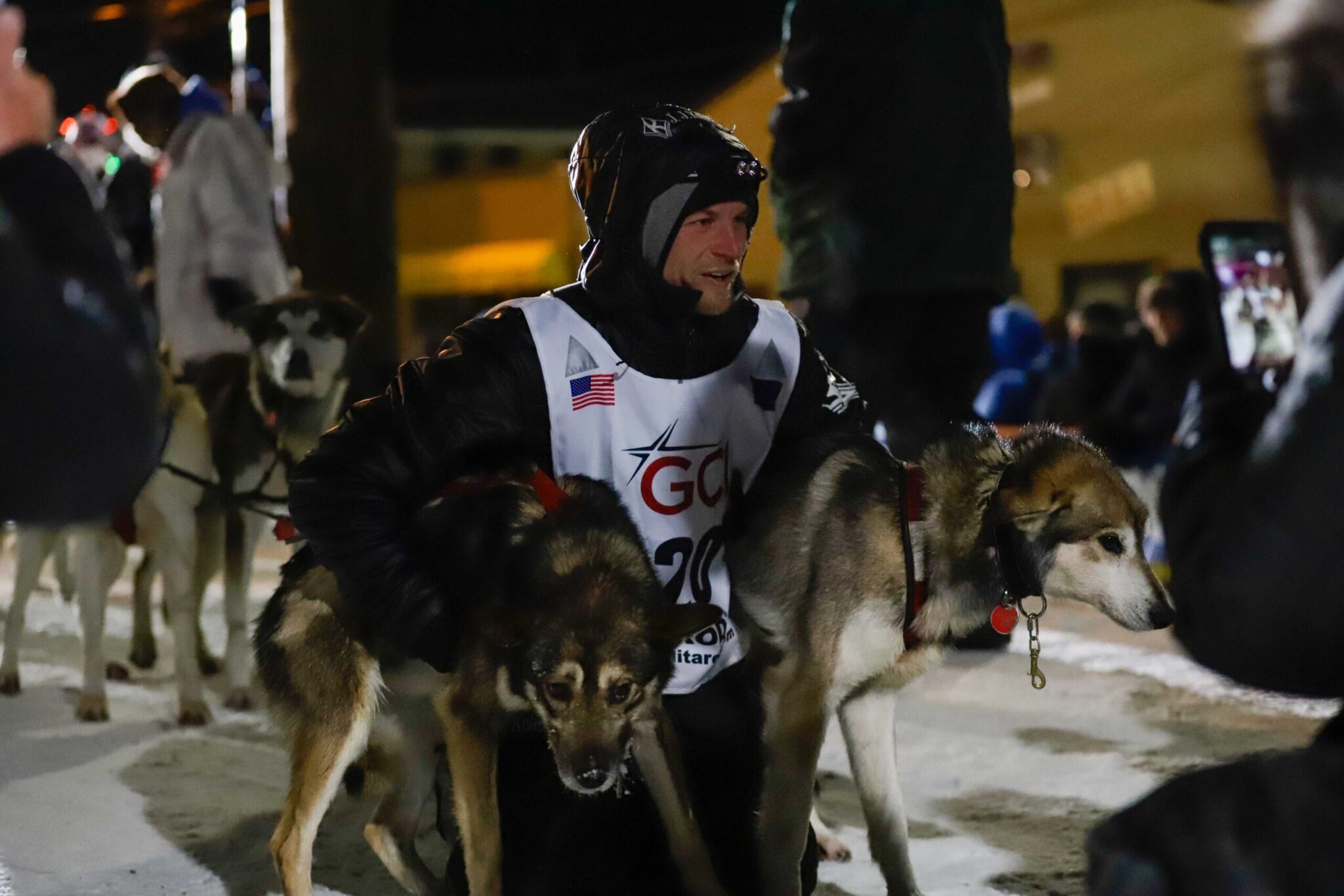
Seavey, who lives in Talkeetna, has said he expects to take a break from racing after this year’s Iditarod to spend more time with his daughter. He has dominated the Iditarod for many years, placing first in five of his last seven races.
Sass, at the finish line in Nome, described Seavey as “the best guy in the business” and said beating him felt pretty good.
“He’s the best right now,” said Sass. “That just makes this victory even sweeter.”
‘The old school’
Born and raised in Minnesota, Sass moved to Alaska more than 20 years ago to attend the University of Alaska Fairbanks and join its Nordic ski team.
Then he got sucked into dog mushing.
He said it’s something he loves to do, and something that allows him to live out his dream, hauling wood and running dogs at his remote homestead in Eureka, north of Fairbanks, called Wild and Free Mushing. It’s the same area where Iditarod champions Susan Butcher and Rick Swenson once trained.
“I think, living where I live and making it an all-inclusive lifestyle I think that’s, you know, the way it used to be, it’s kind of the way it is for me,” Sass said at White Mountain on Monday. “So maybe that’s what I represent sort of the old school, because I’m still living like Susan and Rick did back in the day.”
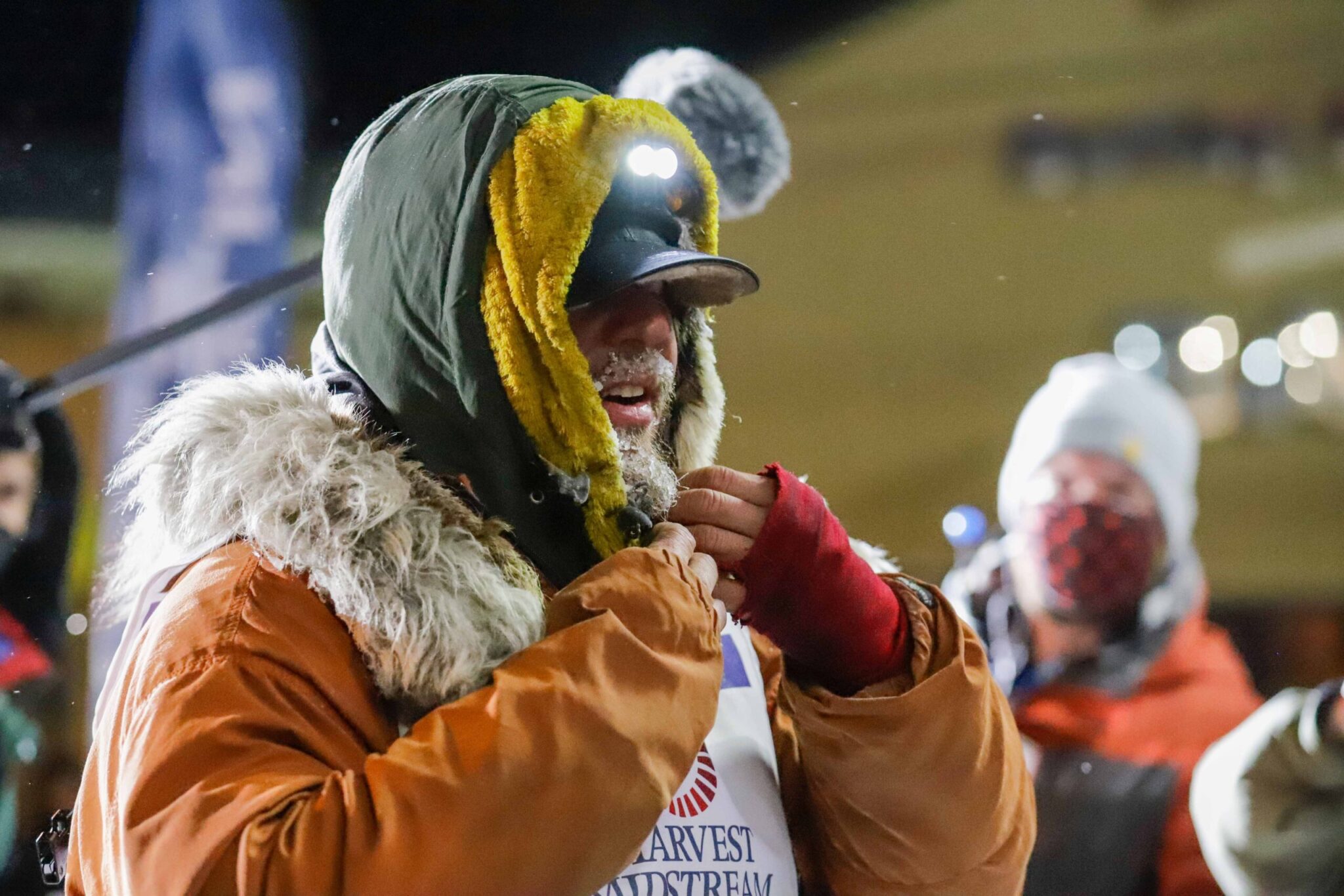
While this is Sass’s first Iditarod win, he’s won the 1,000-mile Yukon Quest three times, plus other mid-distance races.
He tried his first Iditarod in 2012. And he placed 13th, the best of any Iditarod newbie, winning him the Rookie of the Year award.
Sass faced problems in later Iditarods. He got disqualified from the 2015 race for carrying an iPod Touch. And the next year, he tried to keep up with Dallas Seavey and his dad, Mitch Seavey. But once they got to White Mountain, his dog team refused to leave for hours. He called it, then, the most embarrassing moment of his life.
Now, he has a tattoo that says: “Run your own race.” He said it reminds him to not get pulled into his competitors’ tactics.
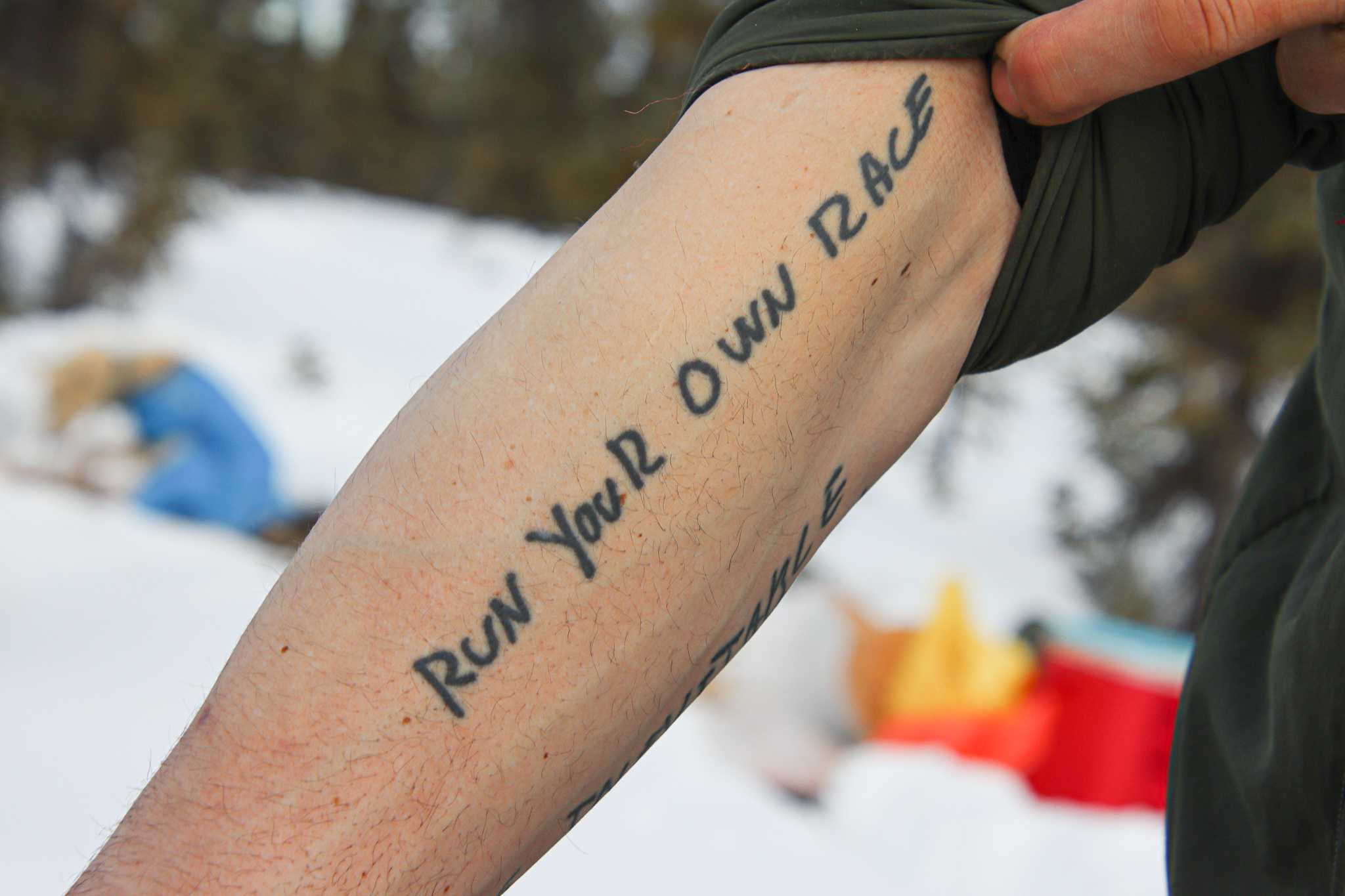
“My self-discipline has gotten a lot better over the last few years,” he said before the start of this year’s Iditarod. “I’m no longer the young kid on the trail anymore, which catches up with me every now and then.”
Sass’s highest prior finish in the Iditarod came last year, when he finished third on an altered course from Willow to the ghost town of Iditarod and back — the first time the race did not finish in Nome.
Warm weather, tough trail
Sass’s victory this year comes in an Iditarod notable for warm weather, fast speeds and some tough, early sections of trail, including barren tundra and bone-jarring moguls.
The top two teams also faced heavy winds after arriving on the Bering Sea Coast. Crossing Norton Sound, they faced direct head winds of more than 30 miles per hour. Sass called the run across Norton Sound “awesome”. He even camped on the sea ice, tipping over his sled to block the wind and bundling his dogs together under blankets for a few hours of rest.
This year’s Iditarod was also still marked by the coronavirus pandemic. Mushers and race officials went through a series of COVID-19 tests before and during the race — including at the finish line. The race closed many indoor places to the public and bypassed one checkpoint completely.
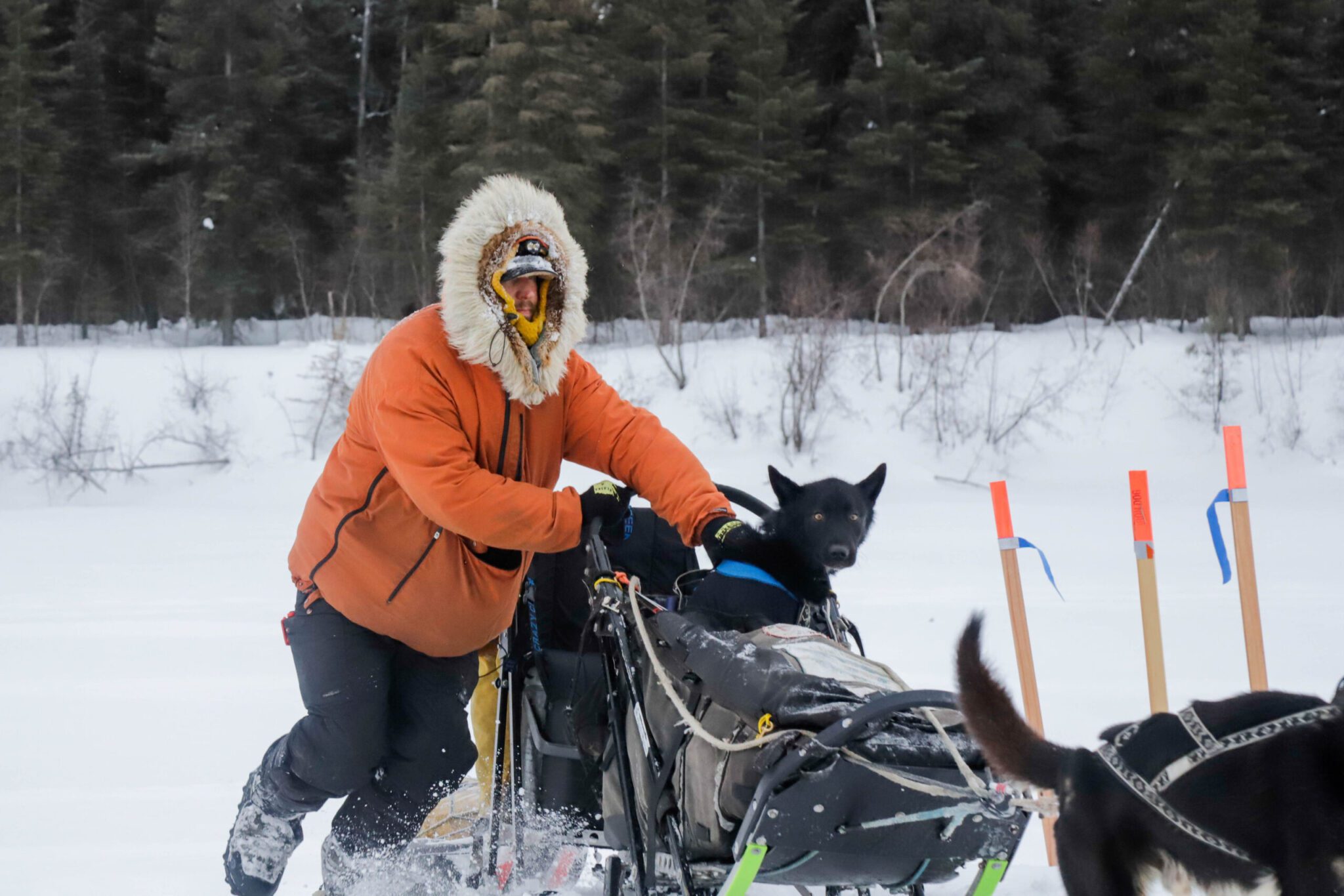
Sass and Seavey had a huge lead over the other top teams.
By the time Seavey crossed the finish line, the next closest mushers were resting in White Mountain, with still 77 miles to Nome. The teams in White Mountain include Jessie Holmes, Dan Kaduce, Richie Diehl and Pete Kaiser.
The other teams stretch as far back as Nulato, at race mile 582.
Image at top: Slater and Morello led Brent Sass’s team to his first Iditarod victory. (Lex Treinen/Alaska Public Media)




